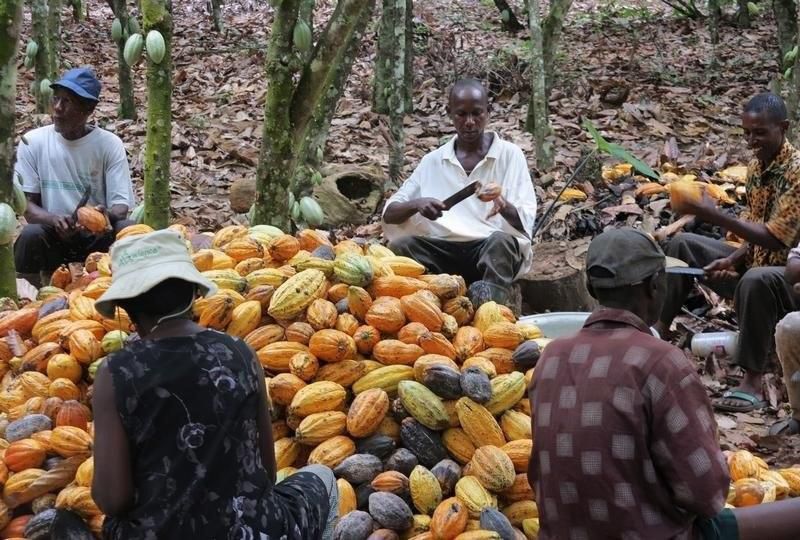Ghana could lose position as World’s 2nd largest cocoa producer, expert warns
)
Ghana is facing the risk of losing its long-held position as the world’s second-largest cocoa producer, a status it has maintained since being overtaken by Côte d’Ivoire in 1978. Despite its global reputation for premium-quality cocoa, recent challenges are threatening the country’s output and its role in the international cocoa market.
Cocoa prices more than doubled last year, hitting record highs of over $12,000 per tonne. This surge followed poor harvests and widespread disease in West Africa’s top producers, Côte d’Ivoire and Ghana, which together supply nearly half of the world’s cocoa.
However, according to a report by Reuters, rising production in South America, particularly in Ecuador, has helped to fill the supply gap. As a result, global prices have dropped by about one-third this year, though they remain historically high.
The report highlights that farmers in Ecuador receive around 90% of the world price, while those in Côte d’Ivoire and Ghana get only 60–70% at best. “Ecuador’s production has shown steady growth for years. Ghana's production has been volatile,” said Ontaneda, an industry expert cited by Reuters.
A Reuters poll released earlier this month forecasts Ghana’s output will fall to just 600,000 tonnes in the 2025/26 season. This decline is attributed to the spread of swollen shoot disease and the expansion of illegal gold mining (galamsey) on cocoa farms, which continues to devastate plantations and reduce yields.
In contrast, Ecuador’s cocoa is cultivated in agroforestry systems that integrate shade trees, plantains, coffee, and fruit crops, creating a more resilient and sustainable environment. These methods have boosted productivity and reduced the spread of diseases common in West African monoculture systems.

Ecuadorian farms currently yield about 800 kg per hectare, compared with less than 500 kg per hectare in West Africa. Ecuador is projected to produce more than 570,000 tonnes in the 2025/26 season, with expectations of reaching 800,000 tonnes by the end of the decade.
Ghana’s cocoa production has already seen worrying declines. Output fell to between 650,000 and 700,000 metric tonnes in 2024, compared to average annual harvests of between 800,000 and 1,000,000 tonnes in the preceding decade. If current trends continue, Ghana could lose its position as the second-largest global producer, leaving Ecuador to overtake it.
This looming shift underscores the urgent need for Ghana to address structural challenges in its cocoa sector, including farmer compensation, sustainable farming methods, and the devastating impact of illegal mining on arable land.
Source: Reuters
)
)
)
)
)
)
)